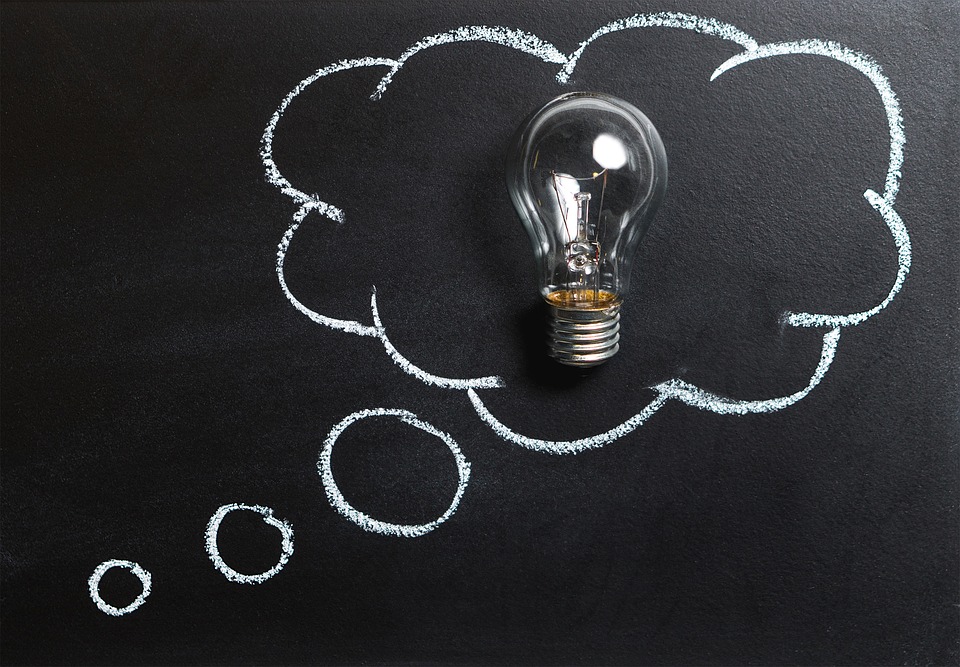As a Book and Media Studies major, I’m obviously inundated with the study and analysis of books and, well, media. I’ve been working on an assignment for my Indigenous studies course that examines the representation of Indigenous peoples in the mainstream media. Of course, it’s evident that there have been historical racist stereotypes (and current, if you look at sports logos like the Washington Redskins and Cleveland Indians) and under-representation of issues affecting First Nations people and communities across Canada. What I’ve found, though, through the process of this project is the more often and sinister approach to Indigenous coverage.
By analyzing various news articles from local and international networks and media, I’ve often found that even when Indigenous issues are focused on or featured on a major network, they’re often done so through the frame of a colonial lens. For example, when the #noDAPL/No Dakota Pipeline protests were taking place last year, more often than not, photos of clashing and riots, fires and fury made the headlines. Language used for environmental protests often suggest a hinderance of progress; something that can cause a strain on relationships between Indigenous people and locals who may be invested financially or emotionally in these kinds of economic projects. In addition, most networks did not show photos of police tear-gassing protesters, attacks by police-trained dogs on protesters, or balance coverage in the historical context of regional discontent. The Standing Rock Sioux’s concerns with the Dakota Pipeline was exactly what transpired last week when the Keystone Pipeline leaked 210,000 gallons of oil into South Dakota and onto agricultural land.
Beyond environmental coverage, coverage of Indigenous issues in mass media often depicts tragedies and social and economic problems. While there is no doubt that these kinds of issues are prominent in First Nations communities, the positive changes and initiatives such as increasing graduation rates, language revitalization programs, upcoming artists and other stories are not deemed newsworthy and are not seen by the general public. The continuous portrayal of Indigenous people in the news has an effect on the perception of Indigenous identity, and often leads to an illusion of homogeneity and hopelessness.
I think that these misconceptions often start at the most basic level, whether that’s challenging your own biases and thoughts about what may think you know based on the knowledge you have and where that knowledge comes from. I think that in order to truly understand issues, culture and communities, it’s important to question where you get your information from, who you get it from, and take the time to discover opportunities to engage with things that be unfamiliar or different to you. Instead of watching CBC, catch an episode of an APTN show. Instead of listening to CanadaLand, check out a Media Indigena podcast. Instead of reading a book written about residential schools, listen to stories by survivors or watch a documentary produced by Indigenous media. Stop by First Nations House Library and check out some books! I believe that these efforts are important to perhaps reframe one’s misunderstandings that they may not even know they harbour, and can help to reshape the narrative of Indigenous peoples in North America/Turtle Island.
As well, there are always ongoing and amazing lectures and events happening on campus that offer Indigenous perspectives. This week, the Fall Feast 2017 - Indigenous Law Students' Association U of T will have live music, teachings by Elder Ernie Sandy and of course, FOOD! Event is free and all are welcome.
(For information on the Fall Feast, click here)
There is also the “Towards a Trauma Informed Understanding of Reconciliation” Indigenous Health lecture on Thursday, November 23rd, 2017. Registration is required.
(For information on this event, click here)
On a side note, I will be attending the First Nations House 25th anniversary party this evening, which I’ll discuss more next week! Have a great week!


0 comments on “Media, Narratives and Empowerment”